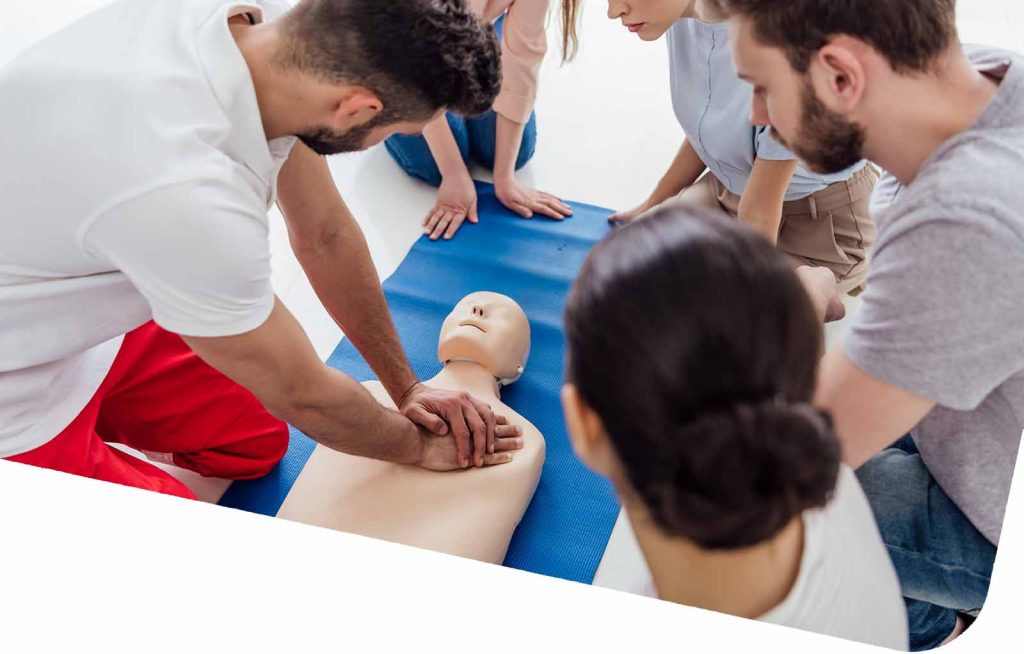Cardiopulmonary resuscitation CPR is a vital skill that can save lives in emergencies such as sudden cardiac arrest. Whether you are a novice or aiming to become a pro rescuer, comprehensive CPR training is a critical step in equipping yourself with the knowledge and skills needed to respond effectively in life-threatening situations.
Understanding the Basics: Novice rescuers start their CPR journey by understanding the fundamental concepts of CPR. They learn about the circulatory system, the role of the heart, and how CPR can restore blood circulation and oxygen supply to the brain. Novices also become familiar with the Chain of Survival, which emphasizes the importance of early recognition, immediate CPR, early defibrillation, and advanced medical care in increasing survival rates.

Hands-on Training: Hands-on training is the cornerstone of comprehensive CPR education. Novices learn the correct chest compression technique, the ratio of chest compressions to rescue breaths, and how to perform Take Action CPR on adults, children, and infants. They gain confidence through practicing on manikins, ensuring their chest compressions reach the recommended depth and rate.
AED Automated External Defibrillator Usage: AEDs are lifesaving devices that can restore normal heart rhythms in cases of sudden cardiac arrest. CPR novices are introduced to AED operation, learning how to attach the pads, follow voice prompts, and safely administer shocks if needed. This skill can significantly improve a victim’s chances of survival.
Advanced Techniques for Pro Rescuers: As individuals progress from novice to pro rescuers, they delve deeper into advanced CPR techniques. This includes mastering two-rescuer CPR, which is essential for maintaining high-quality chest compressions during prolonged resuscitation efforts. Pro rescuers also learn about advanced airway management techniques, such as using bag-valve-mask BVM devices and advanced airway adjuncts.
Specialized Training: Pro rescuers often choose to specialize in specific areas, such as pediatric CPR, which focuses on the unique needs of infants and children. They also receive training in healthcare provider CPR, which is tailored to the needs of medical professionals working in clinical settings. Specialized CPR training ensures that pro rescuers can adapt their skills to a variety of scenarios.
Team Dynamics: Comprehensive CPR training emphasizes the importance of effective team dynamics in emergency situations. Pro rescuers learn how to communicate effectively with other responders, delegate tasks, and coordinate their efforts to provide the best possible care to the victim. Teamwork can make a critical difference in survival outcomes.
Realistic Scenario Simulations: Both novice and pro rescuers benefit from realistic scenario simulations that mimic actual emergency situations. These simulations provide an opportunity to apply their knowledge and skills in a controlled environment, helping them build confidence and problem-solving abilities.
Take Action CPR
444 N Michigan Ave Suite 1200, Chicago, IL, 60611
(312) 761-4859
Keeping Skills Current: CPR guidelines and techniques evolve over time, so it is crucial for pro rescuers to stay updated through regular refresher courses. Continuous learning ensures that they remain proficient in their CPR skills and are aware of any new developments in the field.
Promoting CPR Awareness: Pro rescuers also play a vital role in spreading awareness about the importance of CPR within their communities. They can educate others about the significance of early CPR intervention and the need for widespread access to AEDs. By doing so, they contribute to a safer and more prepared society.
